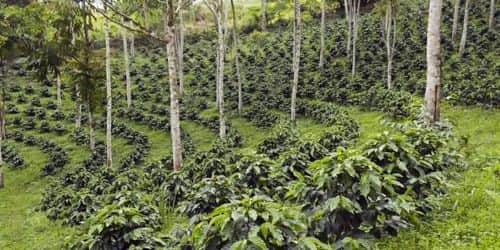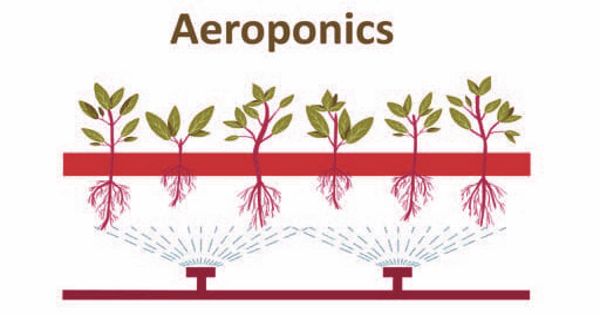Agroforestry is defined as an agricultural system that involves the interaction of trees, shrubs, and agriculture where they are designed and managed as a whole unit. It is a land use management system in which trees or shrubs are grown around or among crops or pastureland. It is the collective term for land-use systems and technologies in which woody perennials (e.g. trees, shrubs, palms, or bamboos) and agricultural crops or animals are used deliberately on the same parcel of land in some form of spatial and temporal arrangement. This diversification of the farming system initiates an agroecological succession, like that in natural ecosystems, and so starts a chain of events that enhance the functionality and sustainability of the farming system. Agroforestry systems are multifunctional systems that can provide a wide range of economic, socio-cultural, and environmental benefits. It helps to conserve and protect natural resources by, for example, mitigating non-point source pollution, controlling soil erosion, and creating wildlife habitat.
“Agroforestry systems are multifunctional systems that can provide a wide range of economic, socio-cultural, and environmental benefits.”
In agroforestry, the ecological function of trees, crops, and animals can increase food production while at the same time reducing the impact of agriculture on the environment. Trees also produce a wide range of useful and marketable products from fruits/nuts, medicines, wood products, etc. Moreover, it helps in health and nutrition improvement due to increased diversity and quality of food outputs. This intentional combination of agriculture and forestry has multiple benefits, such as greatly enhanced yields from staple food crops, enhanced farmer livelihoods from income generation, increased biodiversity, improved soil structure and health, reduced erosion, and carbon sequestration. For example, they can improve soil fertility, protect crops and livestock from wind, restore degraded lands, improve water conservation, limit pests, and prevent soil erosion. Furthermore, changes in temperature can cause irregular feeding habits, and hence, growing trees can help increase feeding efficiencies. Trees can also be a source of medicines and natural remedies.

Agroforestry can increase farm profitability in several ways:
- the total output per unit area of tree/ crop/livestock combinations is greater than any single component alone
- crops and livestock protected from the damaging effects of wind are more productive
- new products add to the financial diversity and flexibility of the farming enterprise.
Agroforestry has been practiced for a very long time in many parts of the world. These practices are highly beneficial in the tropics, especially in subsistence smallholdings in sub-Saharan Africa, and have been found to be beneficial in Europe and the United States. Its forms vary considerably from landscape to landscape, country to country, and region to region, depending on human needs and capabilities and the prevailing environmental, cultural, and socioeconomic conditions. If properly designed and managed, agroforestry systems can contribute to biodiversity conservation and climate change adaptation and mitigation.
















